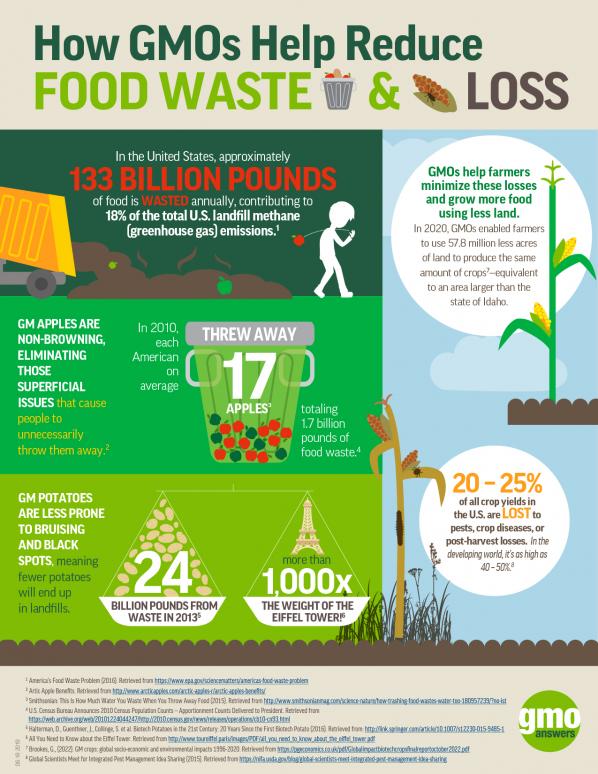Genetically Engineered Herbicide-Resistant Crops and Herbicide-Resistant Weed Evolution in the United States
The following is an abstract from a study by weed scientist Andrew Kniss about the correlation between GMO crops and weed resistance.
Genetically engineered (GE) herbicide-resistant crops have been widely adopted by farmers in the United States and other countries around the world, and these crops have caused significant changes in herbicide use patterns. GE crops have been blamed for increased problems with herbicide-resistant weeds (colloquially called by the misnomer “superweeds”); however, there has been no rigorous analysis of herbicide use or herbicide-resistant weed evolution to quantify the impact of GE crops on herbicide resistance.
Here, I analyze data from the International Survey of Herbicide Resistant Weeds and the USDA and demonstrate that adoption of GE corn varieties did not reduce herbicide diversity, and therefore likely did not increase selection pressure for herbicide-resistant weeds in that crop. A
doption of GE herbicide-resistant varieties substantially reduced herbicide diversity in cotton and soybean. Increased glyphosate use in cotton and soybean largely displaced herbicides that are more likely to select for herbicide-resistant weeds, which at least partially mitigated the impact of reduced herbicide diversity.
The overall rate of newly confirmed herbicide-resistant weed species to all herbicide sites of action (SOAs) has slowed in the United States since 2005. Although the number of glyphosate-resistant weeds has increased since 1998, the evolution of new glyphosate-resistant weed species as a function of area sprayed has remained relatively low compared with several other commonly used herbicide SOAs.
To read the entire study, please visit the journal Weed Science, from the Weed Science Society of America.
For a news article discussing this study, please visit Fern's AG Insider.

